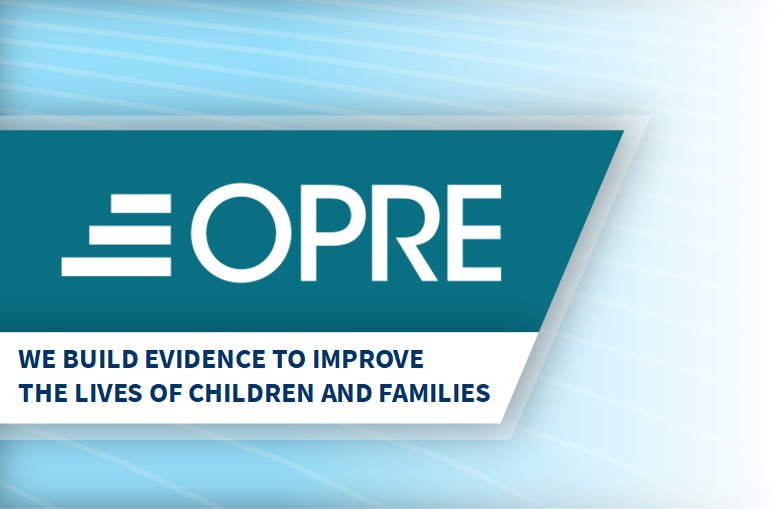Introduction Two-generation initiatives intentionally combine intensive, high quality adult-focused services with intensive, high quality child-focused programs to improve outcomes for children, primary caregivers, and families. The goal of integrating services for primary caregivers and their children is to achieve better … Read More
Child Welfare

Self-Generated Content and Sextortion Awareness and Prevention
Self-Generated Content (sexting) sharing has become ever increasingly normative behavior for youth. This behavior can lead to Sextortion scams where offenders obtain explicit content and then pressure the victim to send money or send additional explicit content. Financial sextortion has … Read More

New Child Maltreatment Report Finds Child Abuse and Neglect Decreased to a Five-Year Low
Today, the Children’s Bureau at the Department of Health and Human Services’ (HHS) Administration for Children and Families (ACF) released the annual child maltreatment report. The report reveals that of the nationally estimated 3,016,000 children who were the subject of a … Read More

A Poor Poverty Measure
To identify children in need, look beyond free lunch data In education policy and public debate, we often talk about students from “low-income” families. That descriptor is typically based on data from the National School Lunch Program, which provides qualified … Read More

YOUTH RISK BEHAVIOR SURVEY
The Youth Risk Behavior Survey Data Summary & Trends Report: 2011–2021 provides the most recent surveillance data, as well as 10-year trends, on health behaviors and experiences among high school students in the United States (U.S.) related to adolescent health … Read More

Teens, especially girls, are experiencing more violence, suicidal thoughts and mental health challenges.
Teen girls in the United States experienced record high levels of violence, sadness and suicide risk in recent years, amid “significant” and “heartbreaking” declines in youth health and well-being overall, according to data published Monday by the US Centers for … Read More

Promoting the Health and Well-Being of LGBTQIA2S+ Youth Involved With Child Welfare Through FFPSA
Children and youth who identify as lesbian, gay, bisexual, transgender and/or gender expansive, queer and/or questioning, intersex, asexual, and two-spirit (LGBTQIA2S+) experience both disproportionate involvement with child welfare and, once involved, disparate outcomes, including more placement instability and longer stays … Read More

Family First Prevention Services Act Opportunities for Early Childhood Programs
The BUILD Initiative released the fifth webinar in its Child Welfare and Early Childhood: Cross-Systems Collaboration to Improve Outcomes for Young Children and Their Families series, “Family First Prevention Services Act (FFPSA) Opportunities for Early Childhood Programs.” The objectives for the series are centered on … Read More

Resources to Support Title IV-E Prevention Program Planning
In February 2018, the Family First Prevention Services Act (FFPSA) was signed into law with the potential to radically reform child welfare. The FFPSA incentivizes jurisdictions to reduce the use of congregate care and allows payment of federal title IV-E funds … Read More

ORR Unaccompanied Children Program Policy Guide
Introduction The Office of Refugee Resettlement (ORR) Unaccompanied Children Program provides a safe and appropriate environment to children and youth who enter the United States without immigration status and without a parent or legal guardian who is able to provide … Read More

